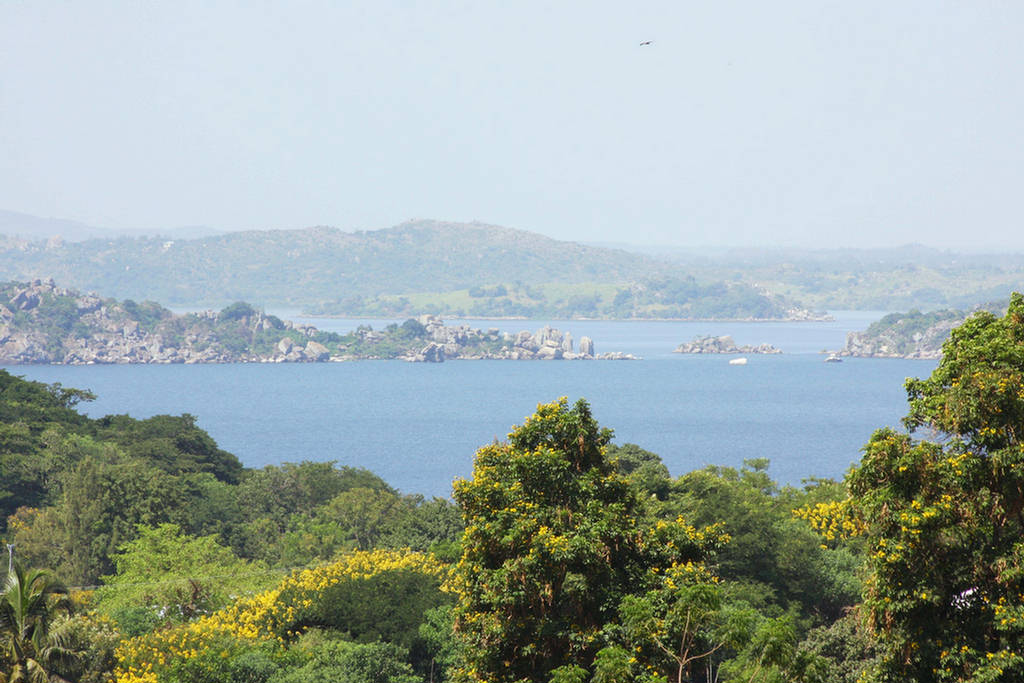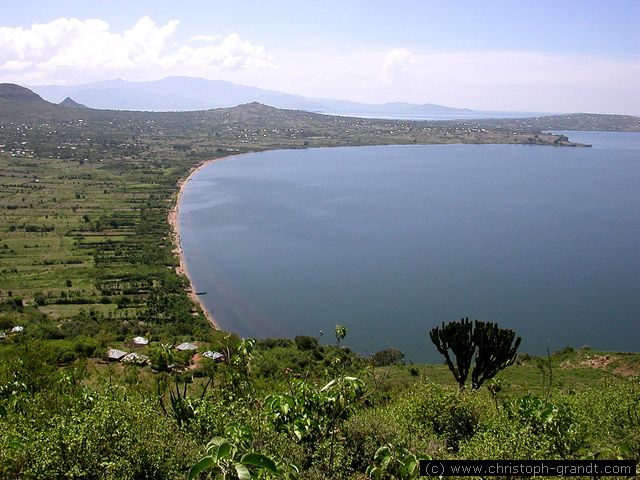Lake Victoria is one of the African Great Lakes. The lake was named for Queen Victoria of the United Kingdom, by John Hanning Speke, the first European to visit this lake.
With a surface area of 68,800 square kilometres, Lake Victoria is Africa’s largest lake by area, and it is the largest tropical lake in the world. Lake Victoria is the world's second largest freshwater lake by surface area. In terms of its volume, Lake Victoria is the world's eighth largest continental lake, and it contains about 2,750 cubic kilometers of water.
Lake Victoria receives most of its water from direct precipitation or from thousands of small streams. The largest stream flowing into this lake is the Kagera River, the mouth of which lies on the lake's western shore. There are two rivers that leave the lake, the White Nile (known as the "Victoria Nile" as it leaves the lake), flows out at Jinja, Uganda on the lake's north shore and the Katonga River flows out at Lukaya on the western shore connecting the lake to Lake George.
Lake Victoria occupies a shallow depression in Africa and has a maximum depth of 84 metres and an average depth of 40 metres. Its catchment area covers 184,000 square kilometers. The lake has a shoreline of 4,828 kilometres, with islands constituting 3.7% of this length. and is divided among three countries: Kenya (6% or 4,100 km2/1,600 sq mi), Uganda (45% or 31,000 km2/12,000 sq mi) and Tanzania (49% or 33,700 km2/13,000 sq mi). Lake Victoria supports Africa's largest inland fishery.









No comments:
Post a Comment